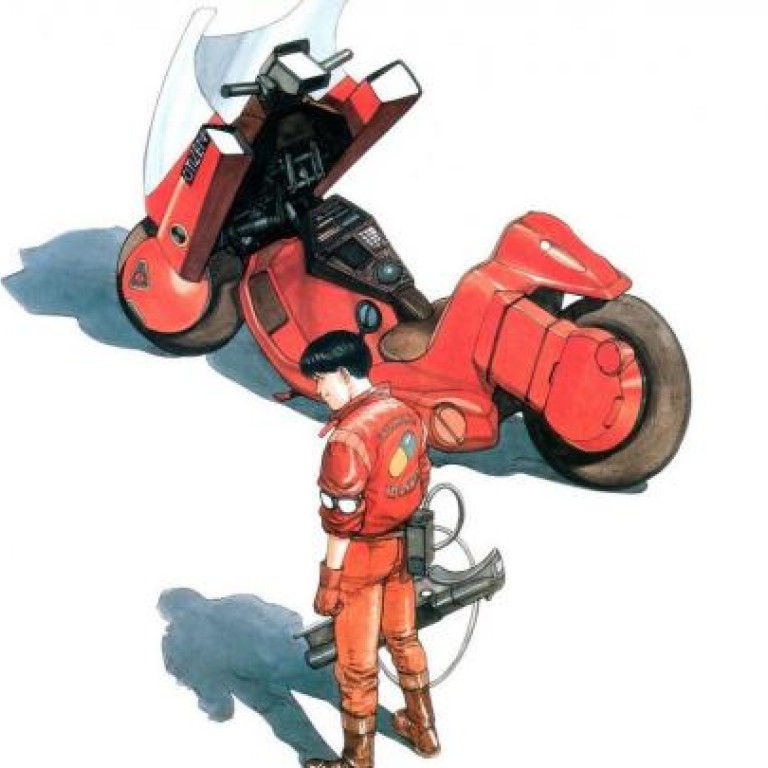
Second sight: Akira
"What the hell is going on? Am I dreaming?" These questions asked by a key character in Akira, author-director Katsuhiro Otomo's 1988 anime based on his six-volume manga series, may also go through the minds of those viewers checking out this animated extravaganza for the first - or second or even third - time.
"What the hell is going on? Am I dreaming?" These questions asked by a key character in , author-director Katsuhiro Otomo's 1988 anime based on his six-volume manga series, may also go through the minds of those viewers checking out this animated extravaganza for the first - or second or even third - time.
is an astounding work on many levels, not just the visual. Its mindbogglingly wide-ranging narrative takes in biker gangs, anti-government protesters and fighters, mysterious beings with psychic powers, dystopian visions and more.
Set largely in a neo-Tokyo on the verge of socio-political collapse in 2019 (described as "31 years after the third world war" in the film), this cyberpunk actioner begins on July 16, 1988 (the day that was originally released in Japan).
On that day in the movie, (old) Tokyo is destroyed by an explosion caused by the title character - whose name is first mentioned only in the 22nd minute of the film, and who doesn't make an appearance until much later.
Instead, revolves around Tetsuo and Kaneda, two teenaged orphan friends turned bike gang members whose lives are irrevocably changed after a chance encounter with Takashi, a wrinkled, grey-blue skinned being with a child's voice and physical size but abilities and powers that far exceed those of adult humans.
Made for a then unprecedented sum for an anime of more than 100 million yen, the 124-minute film consists of more than 160,000 cells rendered in 327 colours. Close to 25 years after it was first released, the pioneering anime still visually astounds with its incredibly imaginative sequences, impressive depth of field and unprecedented attention to detail.
Adding to the overall experience is Shoji Yamashiro's inspired soundtrack. So organically does it fit the images that it is surprising to discover that it was created without the composer-conductor having seen a single frame of the film or even read its script.
Akira,
